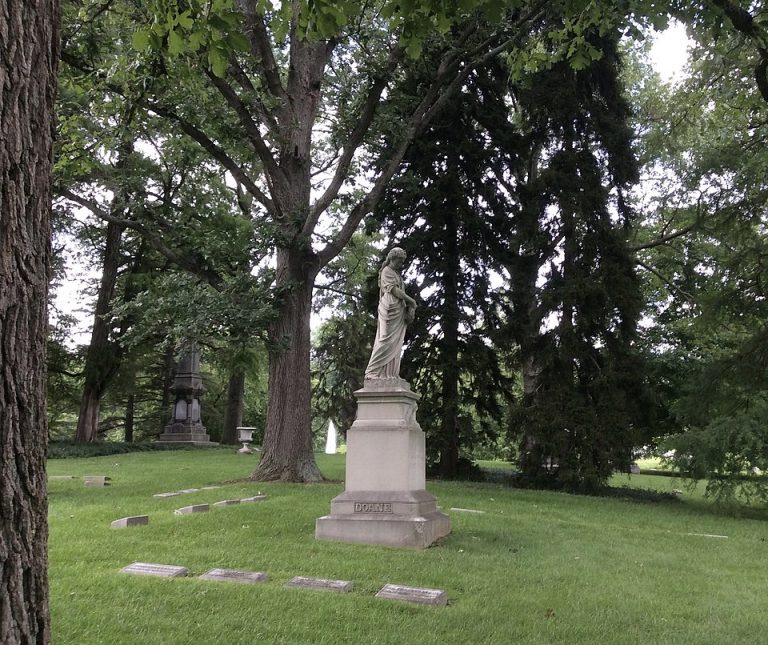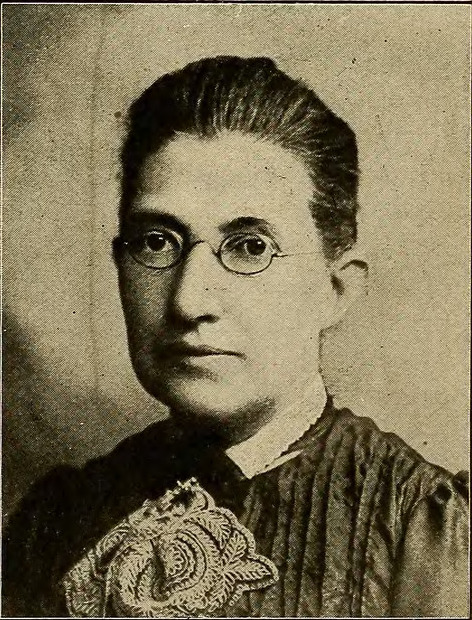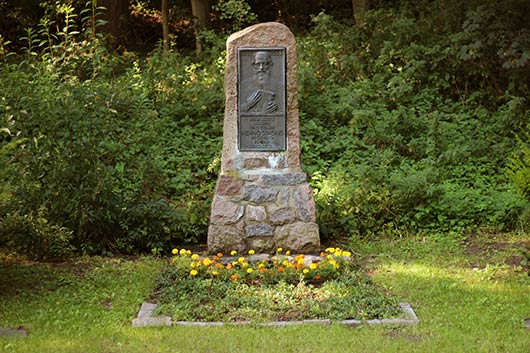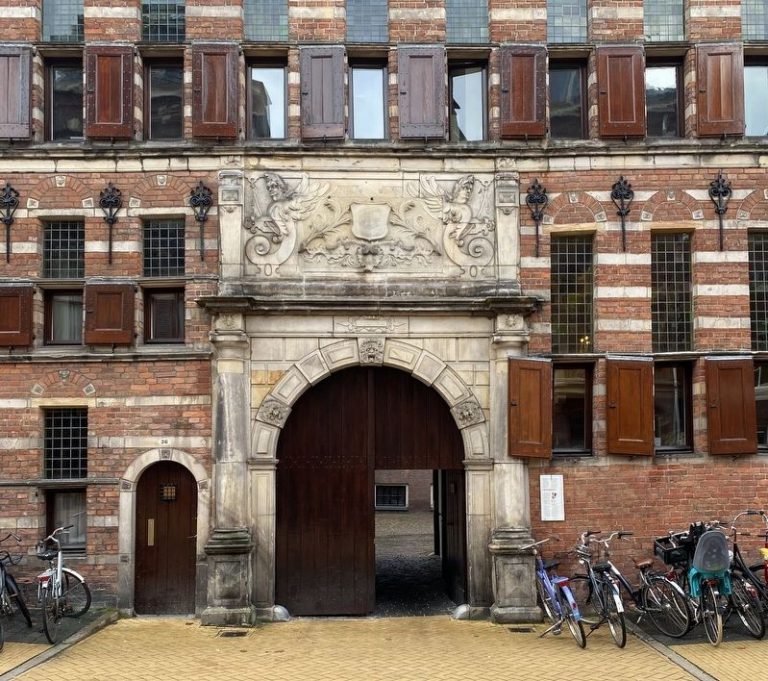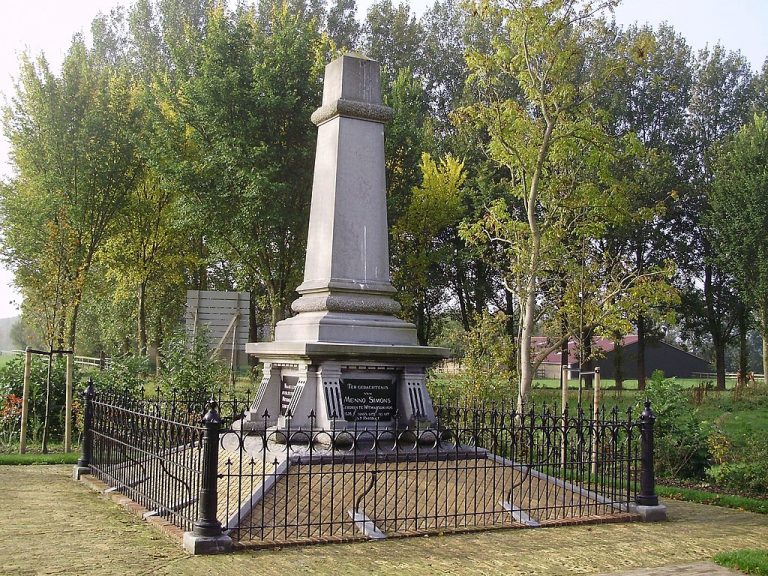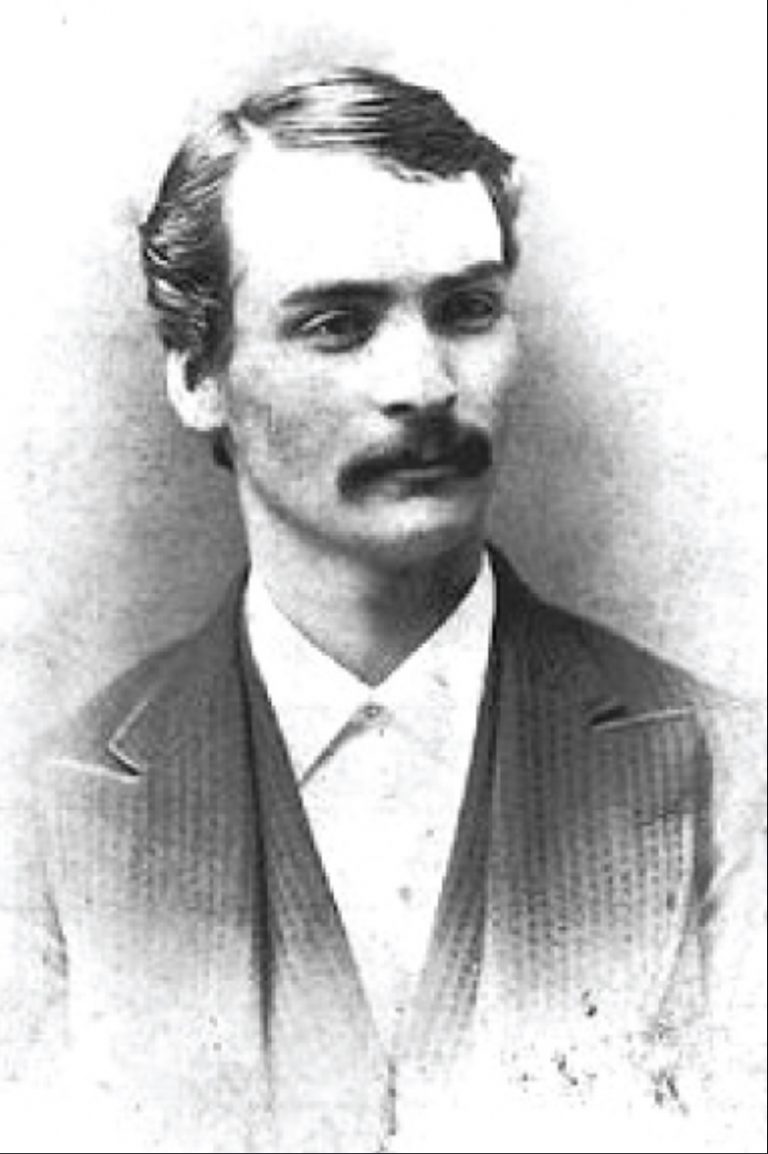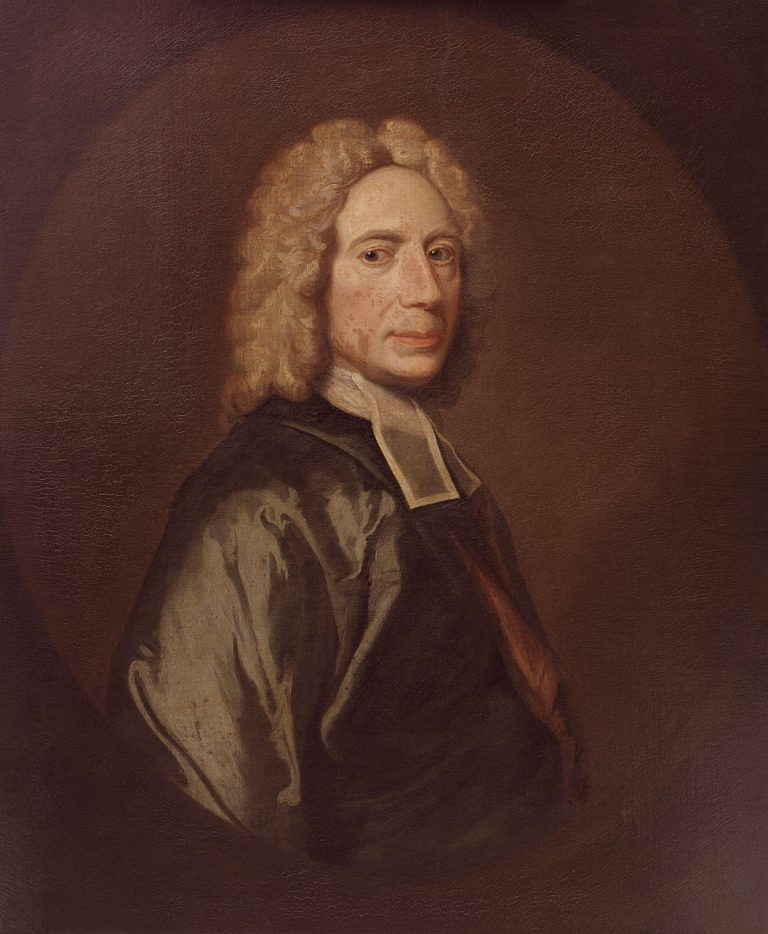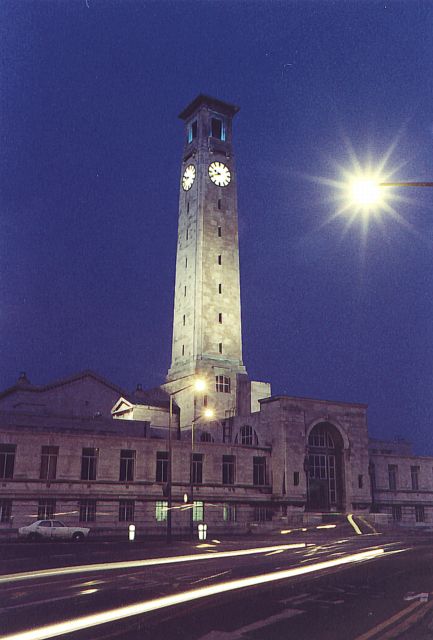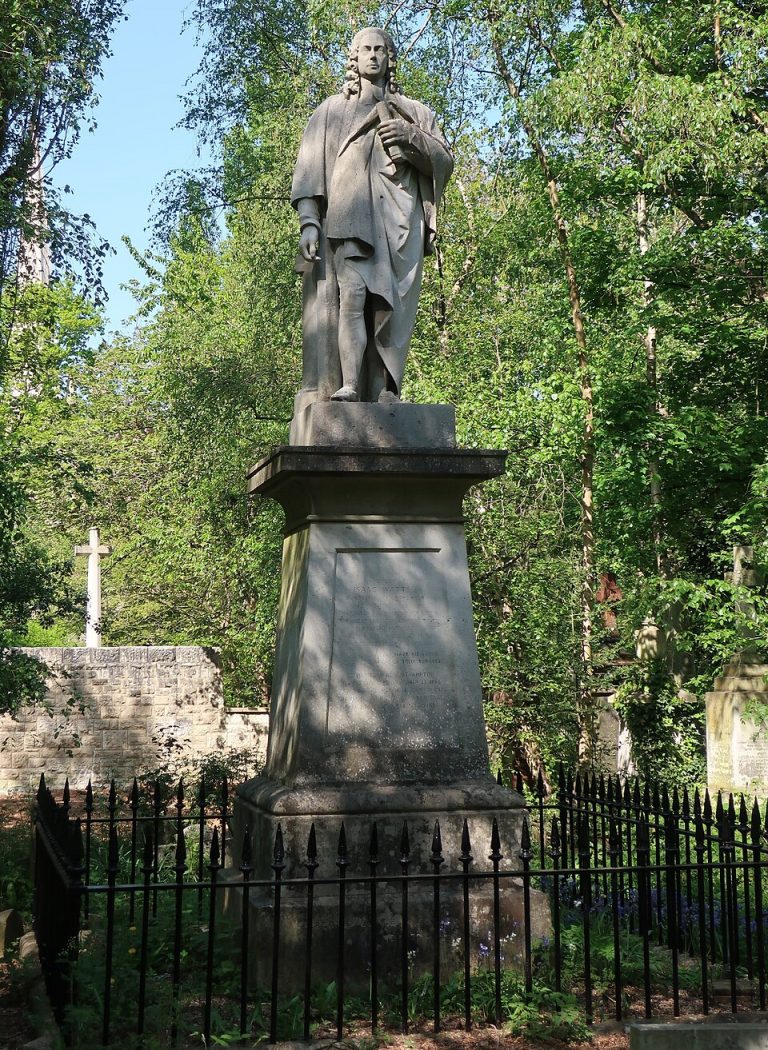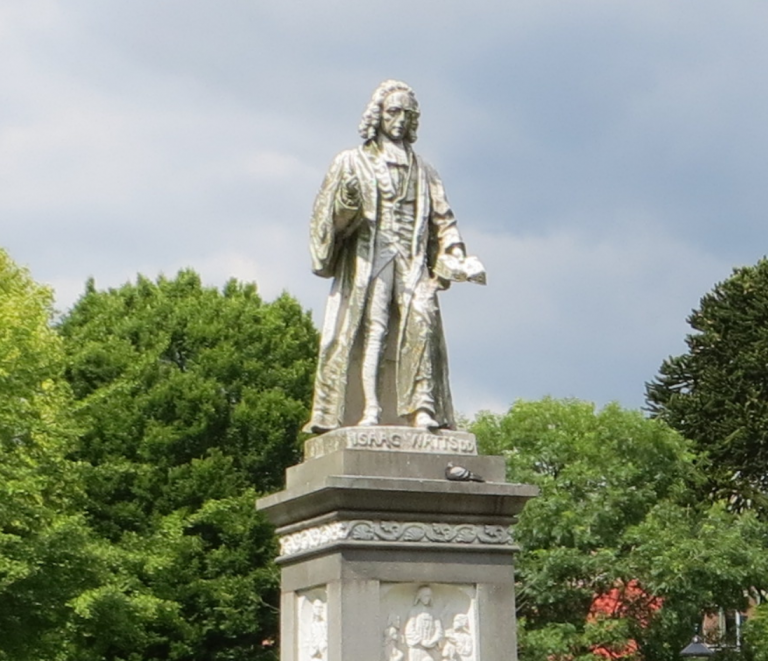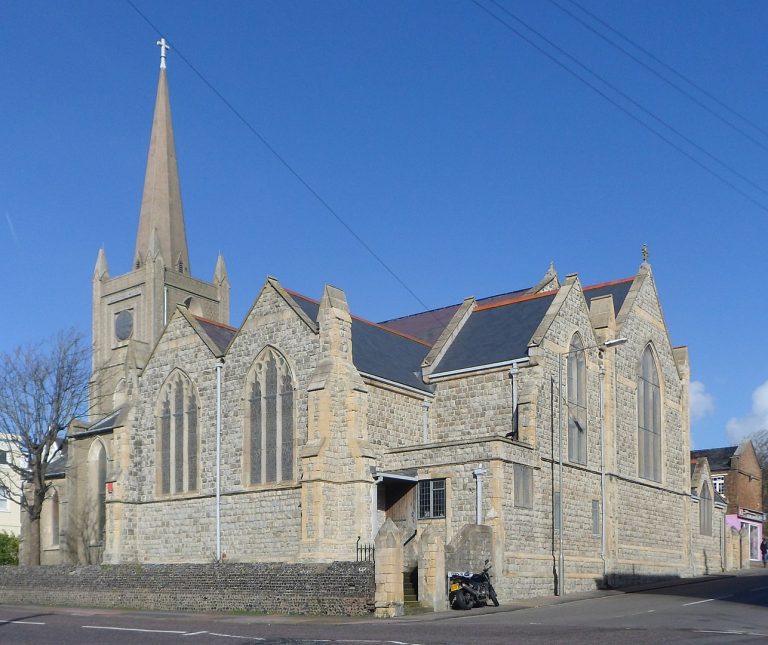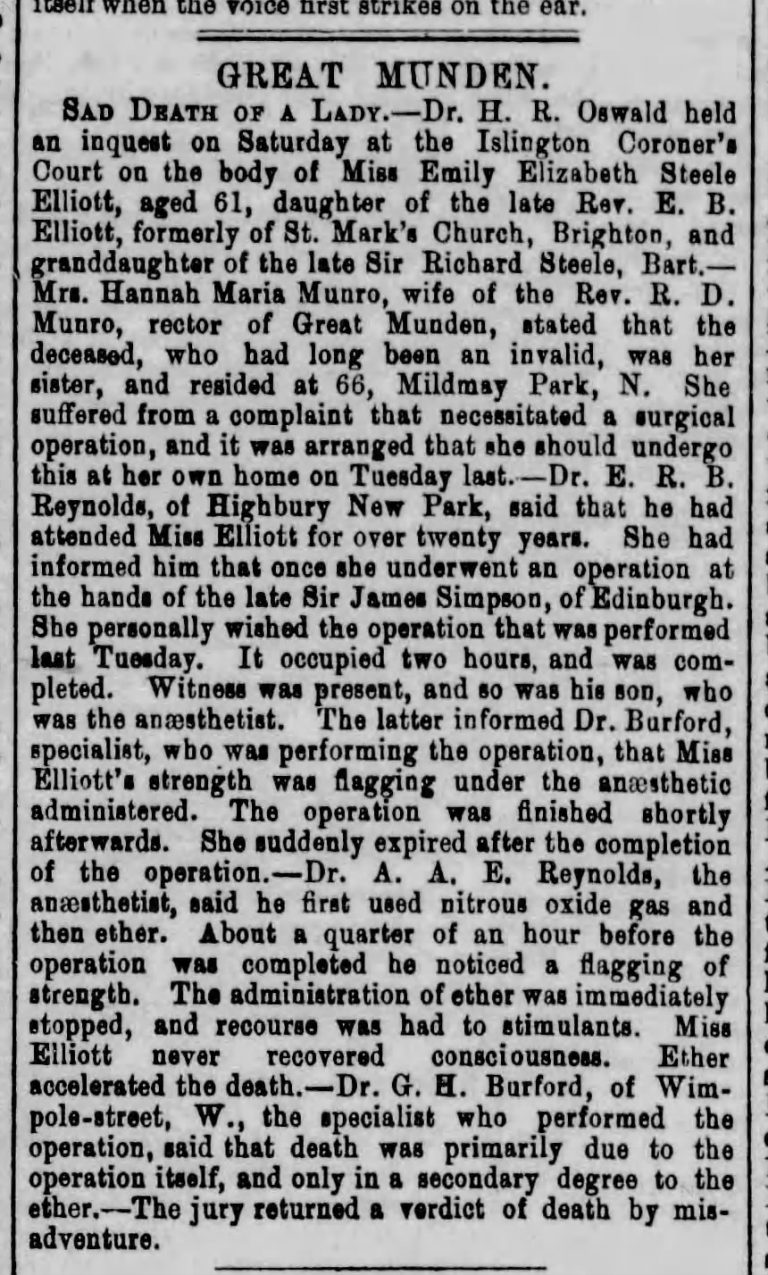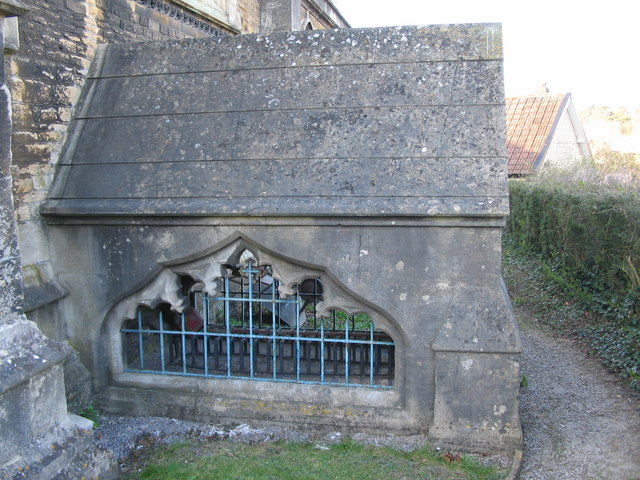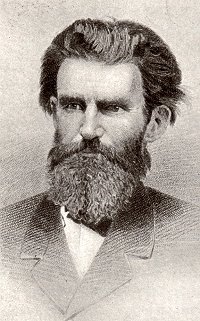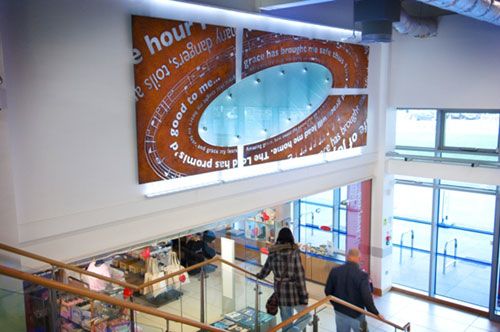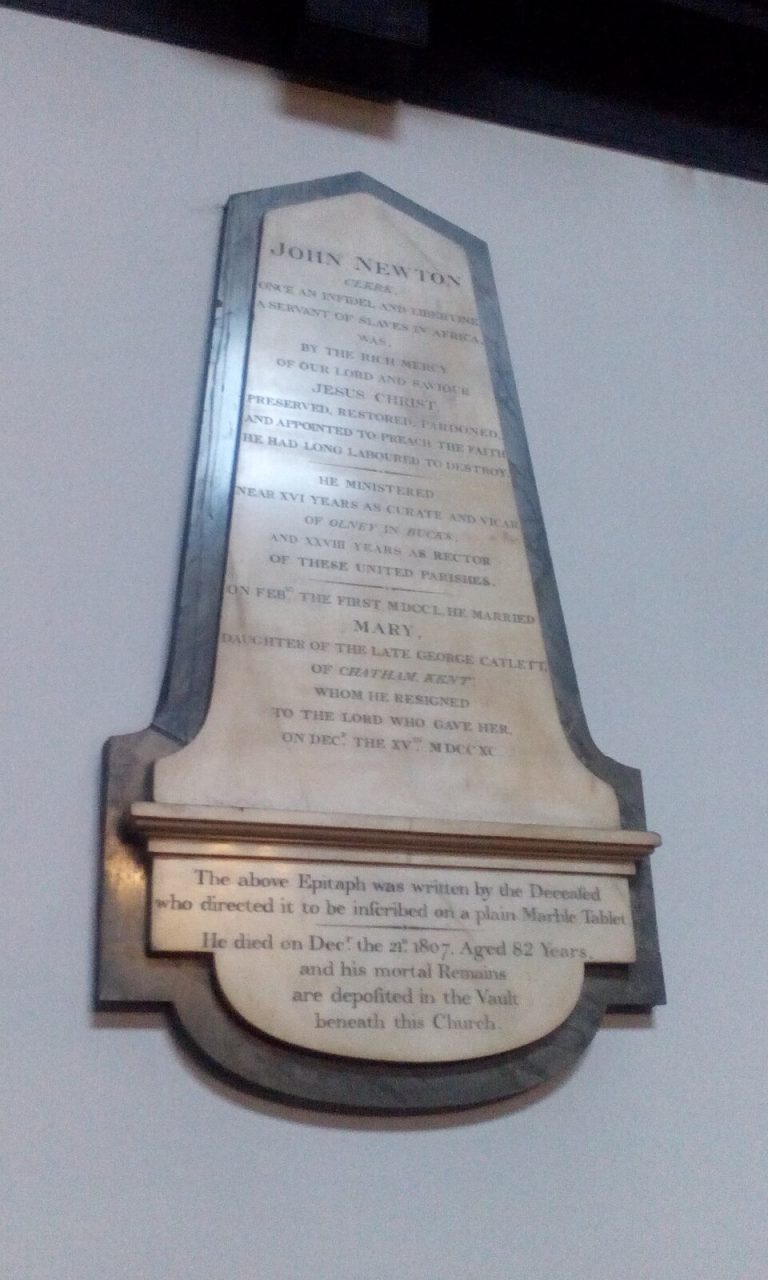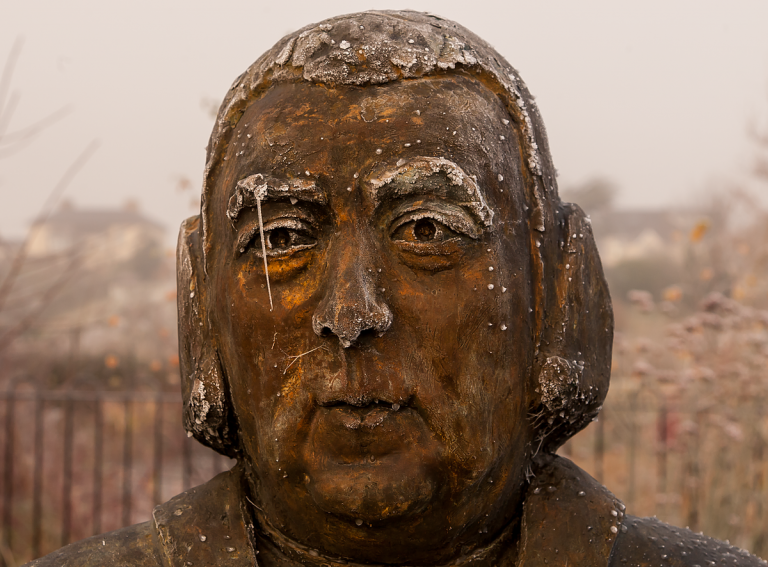Favorite
Authored the tunes to Pass Me Not, Rescue the Perishing, I Am Thine O Lord, Near the Cross, More Love to Thee, Precious Name, Tell Me the Old Old Story, Safe in the Arms of Jesus, and more. Obituary: “Just after he had finished his final musical setting a composition for the last hymn written by Fanny Crosby, noted author Read more...
Favorite
From the Cemetery: Eliza Edmunds Hewitt (1851-1920), Section I, Lot #89-90 Eliza Hewitt was a songwriter who penned numerous Christian hymns. As a young woman, Hewitt taught at a Philadelphia public school, but after becoming ill with a spinal condition, she was confined to her bed. As her health improved, she began to write lyrics to songs, including “Sunshine in Read more...
Favorite
http://e.menno-kate.de/ A life of persecution and expulsion is more concerned with finding places to hide than to leaving behind visible monuments. But the Menno-Kate is an exception – a place where the Anabaptist spirit of the 16th century can still be felt. Although hidden among tall trees, it is clearly visible on the outskirts of Bad Oldesloe. Originally it housed Read more...
Favorite
Stadsmonumenten.nl The oldest part of the former court building is from the early 15th century. Wigbold Wigboldus became in 1477, the owner of the meters-high stone house. Until 1585, the building was owned by the prominent squire family Van Ewsum. The last Van Ewsum, Christoffer, was kind to the persecuted Mennonites and provided their wanted leader, Menno Simons, shelter. Photographed Read more...
Favorite
GAMEO: The Menno Monument (coordinates: 53° 5′ 56″ N, 5° 28′ 54″ E [53.098889, 5.481667]), in Witmarsum, Dutch province of Friesland, was erected on the site where the meetinghouse of the Witmarsum Mennonites once stood. Tradition says that the house of Herman and Gerrit Jansz stood here, where Menno first preached after leaving the Roman Catholic Church in 1536, and often stayed, and where he was probably married…. Photo Read more...
Favorite
From his autobiography: “Aside from the Bible, a few school text-books, and collections of song, I cannot recall a single volume of literature of any kind in our home, until my older brother and sisters grew up. My father was a subscriber to one weekly newspaper, which he would read and lend to some less fortunate neighbor. As the years Read more...
Favorite
DailyEcho: The family lived at 41 French Street where Isaac’s father ran a boarding school but the persecution of his father for his religious views forced its closure. Isaac was taught by his father until he was six then he attended the “Free School”, later known as King Edward VI Grammar School. His teacher there, John Pinhorne, recognised Isaac’s ability and saw Read more...
Favorite
Southampton: Isaac Watts is one of Southampton’s most famous sons. He was famous as an author, educator, philosopher and hymn writer. Born in 1674, he lived at 41 French Street and was educated at the nearby King Edward VI grammar school. Isaac Watts was one of the leading nonconformists in the town and is mainly remembered for his hymns which Read more...
Favorite
Abney Park: Dr Watts is a famous nonconformist English Christian minister, theologian and wit. He was prolific hymn writer, poet, and notable man of logic with many quotes attributed to him. He is credited with writing some 750 psalms alone, the most famous still in use today, which has earned him the title “The Father of English Hymnody”. His hymns Read more...
Favorite
From Wikipedia: Watts was born in Southampton, Hampshire, England, in 1674 and was brought up in the home of a committed religious nonconformist; his father, also Isaac Watts, had been incarcerated twice for his views. Watts had a classical education at King Edward VI School, Southampton, learning Latin, Greek, and Hebrew. BBC: A statue has been given new fingers to mark the 350th birthday of one of Read more...
Favorite
A past vicar, Rev. E.B. Elliott, was the father of Emily Elizabeth Steele Elliott. Emily wrote the popular Christmas hymn “Thou didst leave Thy throne” for the use of the church. Wikipedia: Among Christmas hymns designed for children, two popular ones were written by Elliott. One begins with the line, “There came a little child to earth,” which was popular Read more...
Favorite
The author of “Thou Didst Leave Thy Throne” – commonly considered a Christmas carol, and yet it follows the whole life of Jesus from His birth thru the Second Coming (albeit in a much less upbeat tune than J. Wilbur Chapman’s “One Day.”) 1 Thou didst leave Thy throne and Thy kingly crown, When Thou camest to earth for me; Read more...
Favorite
The Doxology is a simple but beautiful hymn of praise, fitting because Doxa (glory), logo (saying) is literally “saying glory.” It calls for universal praise – from those below, and those above, to Him “from Whom all blessings flow.” And finally – it recognizes the Triune nature of Him Who is worthy of Praise. Praise God, from Whom all blessings Read more...
Favorite
Edith Margaret Clarkson, usually known as Margaret Clarkson, was a Canadian best known for her hymn, “So Send I You.” “Billy Graham has called [it] ‘the finest hymn of our generation.'” (Mennonite Weekly Review). “Later in life, she rejected it as ‘spiritually immature,’ and begged churches to replace it with some newly-written lines.” (Ottawa Citizen). The original version opens: So Read more...
Favorite
Wikipedia: He composed many tunes, including those for “He Leadeth Me”; “Just As I Am“; “Sweet Hour of Prayer” (attributed to William W. Walford, 1772–1850);[4] “Savior, Like a Shepherd Lead Us” and “My Hope Is Built on Nothing Less“, all of which can still be found in hynmbooks and songbooks today. FindAGrave: Born in York County, Maine, the son of Sophia Read more...
Favorite
From Broadbent Studio: The aim was to create a memorial sculpture, inspired by the life of the former slave ship captain and Liverpool Harbour Master – John Newton, for the new Mersey Ferry Terminal building, at Liverpool’s Pier Head…. John Newton, following a religious conversion in 1748, an event which is believed to have inspired the writing of ‘Amazing Grace’, Read more...
Favorite
From Wikipedia: The Cowper and Newton Museum is a museum in Olney, north Buckinghamshire, England, around 8 miles (13 km) north-east of Central Milton Keynes. Celebrating the work and lives of two famous local residents: William Cowper (1731–1800), a celebrated 18th-century poet; and John Newton (1725–1807), a slave trader and subsequently a prominent abolitionist, who was curate in the local church.[1] Together, Cowper and Newton wrote the Olney Hymns, including one of the world’s Read more...
Favorite
John Newton was the pastor here from 1780-1807. William Wilberforce was part of the congregation during that time. Even though he was originally buried here, around 1900 the City & South London Railroad was going to demolish the church for an Underground (subway) stop. The church remained due to public outcry, but the vault/crypt/cemetery was removed, and Newton’s body was Read more...
Favorite
Viewing Point: Opened on 4 October 2013, the Amazing Grace viewing point in Buncrana is the perfect place for visitors to look out over Lough Swilly and to consider the inspirational story of John Newton and Amazing Grace. This story of transformation is symbolised by the transformation of an ugly concrete platform into a beautiful place designed to blend in and enhance the stunning natural Read more...
Favorite
Sierra Leone Heritage: Destined by his parents for a post in a merchant’s office in Jamaica, he was seized during a drunken orgy by a Naval Press Gang in 1743. His father instead of buying him out had him made midshipman. His bad behaviour soon caused him to be degraded to the forecastle and in 1744, he sailed as an Read more...
